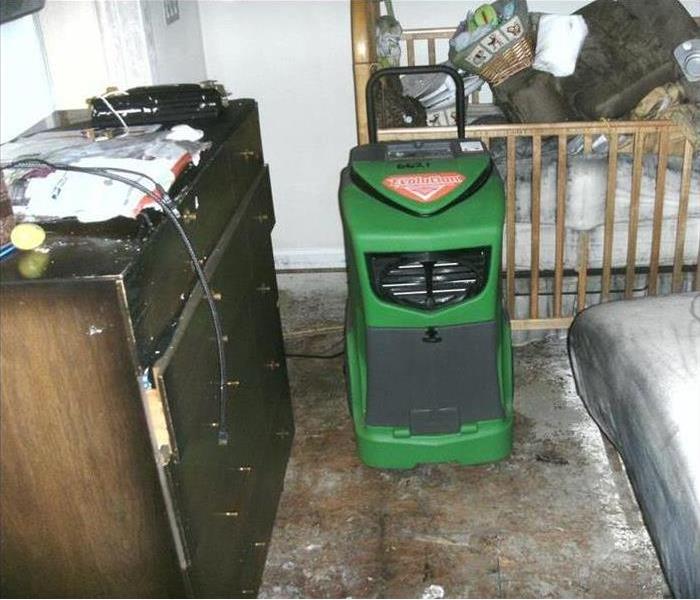How To Clean Up Water Damage After a Fire
7/20/2022 (Permalink)
Cleaning Up Water Damage After a Fire
If a fire affects your Pleasanton, CA, home, you are likely to have more problems than fire damage. Unfortunately, damage from the fire itself often co-occurs with damage from water.
How Fires Lead To Water Damage
Firefighters have many tools for extinguishing fires, but the fire hose is one of the most effective. These hoses can release several hundred gallons of water per minute, and this water, along with smoke damage, is the homeowner’s responsibility.
Although a sprinkler system is likely to minimize fire damage and use much less water than the fire department, homeowners are still left with a wet mess afterward.
Water Damage Restoration Process
Standing water, no matter the cause, can lead to other problems, including:
- Structural damage
- Bacterial contamination
- Mold growth
Due to these potential problems, it is important to begin drying the property as soon as possible. You can enter the property after the fire department says it is safe to do so. The first step in the restoration process is to dry out the home. There are many tools that can be used for this purpose, including shop vacuums, dehumidifiers and fans.
You can rent these items yourself. Be mindful of the electrical hazards posed by running equipment in wet areas. If you hire a professional restoration company to do the work for you, they will use their commercial-strength tools. Depending on how long the water was present, it may be necessary to sanitize affected surfaces and remove any mold growth. After everything is clean and dry, repair what can be salvaged and replace what cannot.
Unfortunately, fire damage is not the only issue homeowners face after a fire. Water from the extinguishing efforts also causes damage and can lead to mold growth. Fortunately, acting quickly minimizes damage from both the fire and water.





 24/7 Emergency Service
24/7 Emergency Service